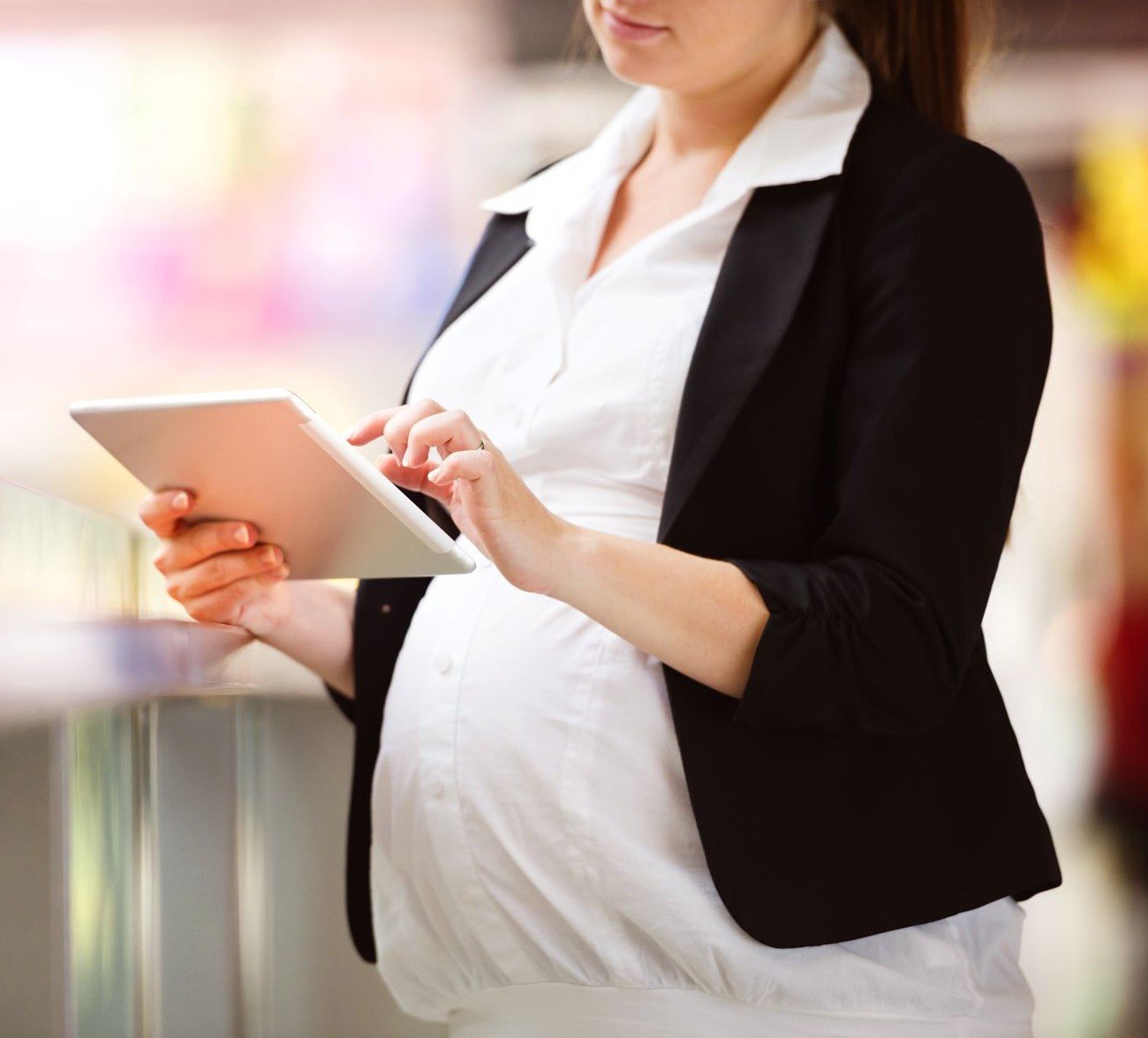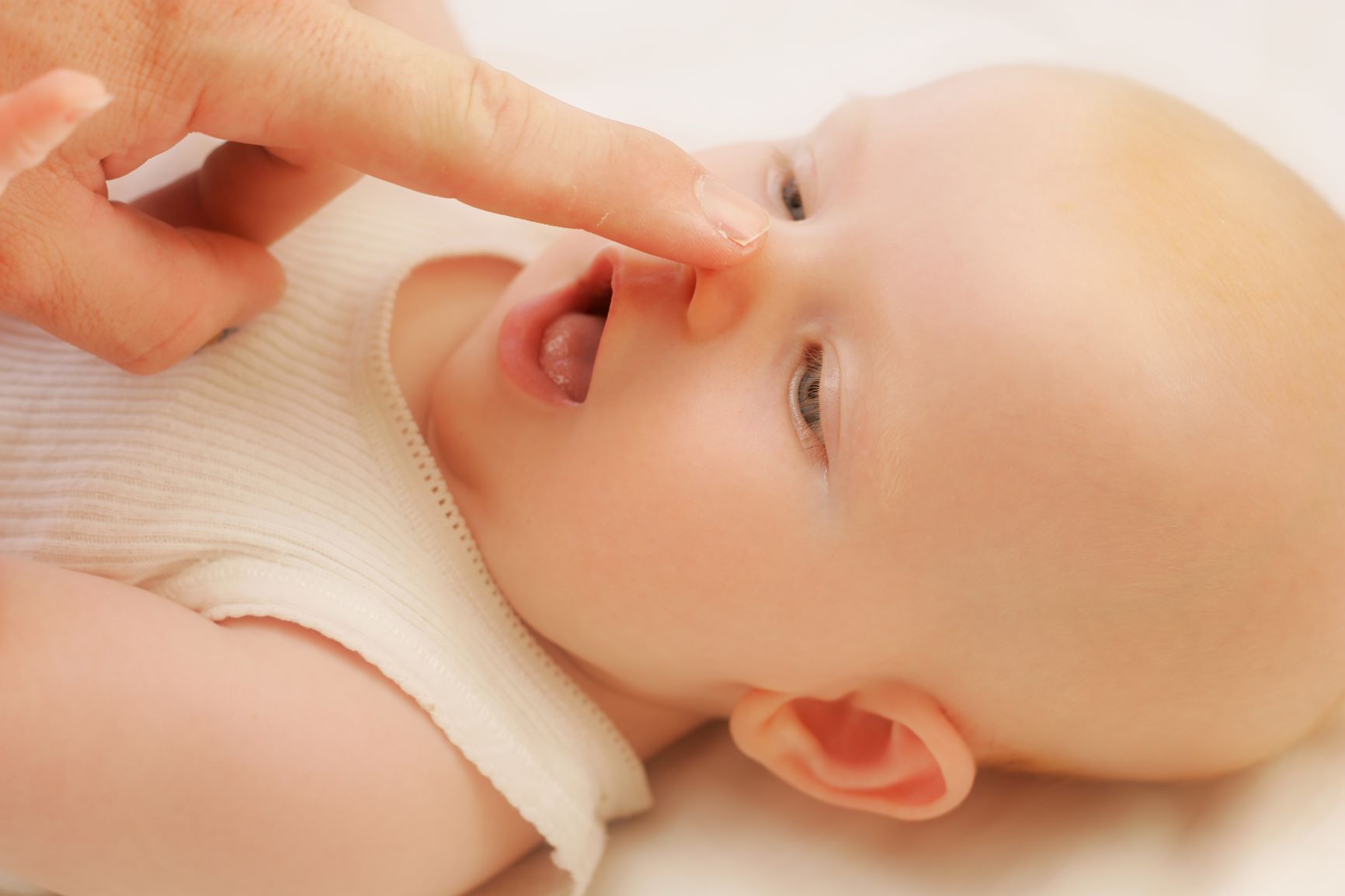Search
Showing results for "Au"
Research
Systematic Review of Household Transmission of Strep A: A Potential Site for Prevention That Has Eluded AttentionAlthough Streptococcus pyogenes (Strep A) is the sixth-most common infectious disease globally, its transmission within the household remains an understudied driver of infection. We undertook a systematic review to better understand the transmission of Strep A among people within the home, while highlighting opportunities for prevention.
Research
Skin health of Aboriginal children living in urban communitiesSkin concerns are frequent among urban-living Aboriginal children, yet specialist dermatology consultations are limited with studies highlighting the need for improved cultural security. Through newly established paediatric dermatology clinics at two urban Aboriginal Community Controlled Health Organisations (ACCHOs), we aimed to describe clinic and patient data, including disease frequencies and associations, to inform dermatology service provision and advocacy.

Research
Whooping CoughWhooping cough (pertussis) is a highly contagious respiratory infection which causes a severe cough and can be particularly dangerous to babies under a year old. Vaccination is the best way to reduce the risk of whooping cough.

Staying physically active is an important part of a healthy lifestyle. ActiveRett is a dedicated resource for helping families support their child with Rett syndrome to keep active.
Whooping Cough Study in Young Adults could lead to an effective “stand alone” vaccine for Australians
Contact us If you'd like to get in touch, please contact us by phone or email. Phone: 0400 450 240 Email: vtg@thekids.org.au Paediatric Active
There are lots of ways of getting involved in the research at the Wesfarmers Centre.

ORIGINS is collecting physiological, biological and clinical data from the mother, partner/father and child at numerous points to track development and change.

Investigating the possible contributors to childhood lung disease by studying the epithelial cells from the nose at birth.

